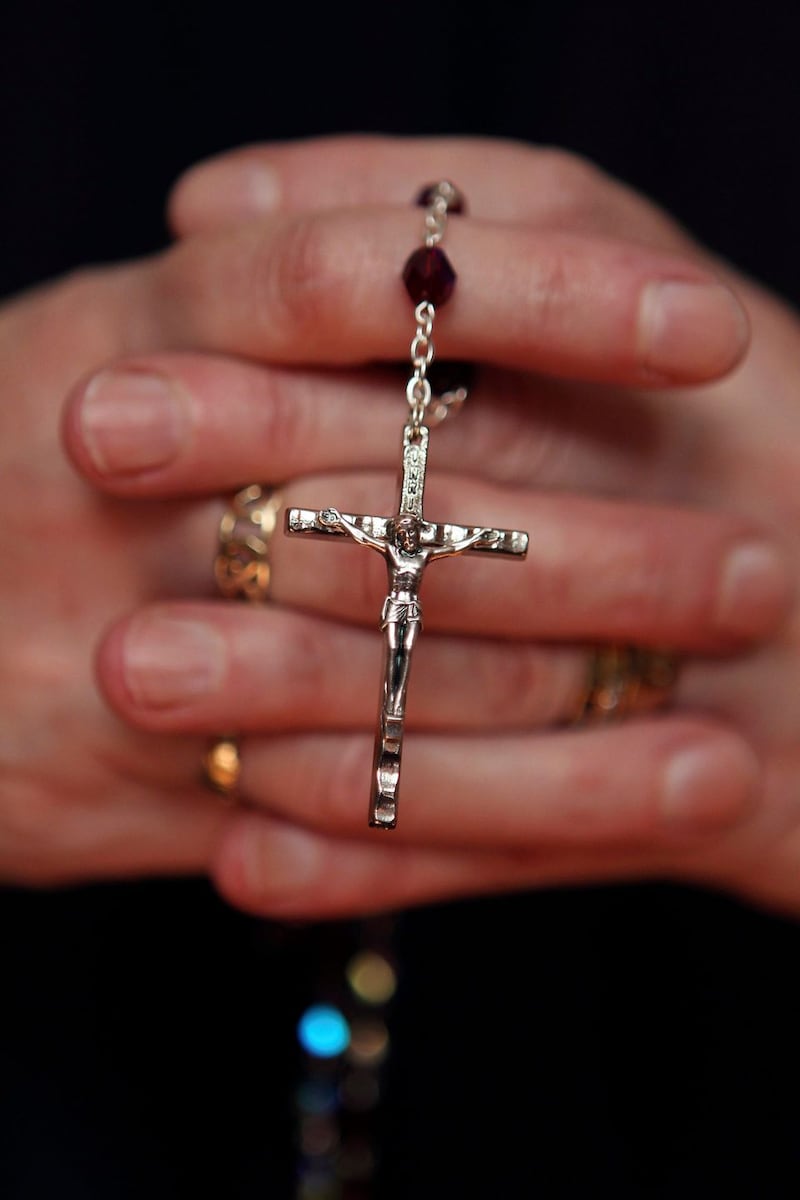Broadcaster Seán Mac Réamoinn’s quip that he was “like the census: broken down by age, sex and religion” still serves as a handy introduction to some of the best bits of the once-every-five-years national survey – even if the sex is rarely surprising.
Of course, the census has implications for everyone involved in planning for Ireland’s future. But it also provides a trove of information on the changing lifestyles, habits and beliefs of everyone who lives here.
More detailed information, including on the hot-button issue of housing, is due in the coming weeks. Based on this report, though, the same forces which have been shaping Irish society for the past 50 years are continuing to have an impact. Over the five years from 2011 to 2016, Ireland became even older, even more urban, even less religious and even more multicultural.
In the wake of the 2008 crash, some boomtime trends moderated or even went into reverse. Immigration in particular slowed dramatically; the number of Irish residents born outside the country increased by a mere 43,636, compared with 154,141 in the period 2006-2011. And the number of people here who had been born in certain countries, such as Nigeria and Lithuania, fell significantly.
The overall picture is of a country that is still far more diverse than it was a generation ago, but is no longer experiencing the very large migratory inflows of the Celtic Tiger years. Those who are still coming are often from farther afield, with increases in arrivals from countries ranging from Croatia to Venezuela to Afghanistan.
Meanwhile, the overall number of those describing themselves as foreign nationals has slightly reduced, in part because of the significant uptake of Irish citizenship (the numbers holding dual Irish nationality doubled in five years to almost 105,000).
Return of the pack
There were signs, too, of some Irish people returning to the country as it emerged from recession. Of the 82,000 people who moved to Ireland in the 12 months prior to April 24th, 2016, more than 28,000 were actually Irish-born, with most coming back from the UK, US, Australia and Canada.
The fastest-growing locations of all are small towns, whose populations are growing at 11 per cent, along with towns with a population of more than 10,000, with Longford and Skerries the two latest additions to that category
While the urban population is growing at twice the rate of rural Ireland, and Dublin city and suburbs continue to grow faster than the national average, the fastest-growing locations of all are small towns, whose populations are growing at 11 per cent, along with towns with a population of more than 10,000, with Longford and Skerries the two latest additions to that category. In fact Dublin’s growth continues to be eclipsed by other urban centres; 50 years ago the capital accounted for 51 per cent of the total urban population; now it’s just 39 per cent.
Ireland’s booms and busts are reflected in its age profile. A peak in birth numbers in 1980 and again in 2009 means the country is well stocked with 36-year-olds and nine-year-olds, but there are 24,814 fewer 0-4-year-olds than in the previous census and a shortage of 25-29-year-olds due to a drop in births in the early 1990s. Most significant of all, there are 63,687 fewer 25-29-year-olds, reflecting high net outward migration by that group.
Controversial aspects
Two sections in the report may spark controversy. Although the drop in numbers of those who say they can speak Irish (1.76 million) or who speak it daily (73,803) is marginal, it represents a serious undershot in terms of stated Government targets.
The religion question may also prove contentious. There was some debate prior to the census over the wording of this question, which, like the rest of the questionnaire, had been left unchanged from previous surveys for cost reasons.

A campaign in the run-up to April 24th encouraged people to answer the religion question on the basis of their actual beliefs rather than their education or family upbringing. On the face of it, this seems to have had some success. The 468,400 who answered “no religion” are now the second-largest belief grouping after Catholics, and outnumber all other religions combined.
According to census 2016, Ireland still remains one of the most Catholic countries in Europe, with 78 per cent of the population declaring that as their religion. However, the fact that more than one in three people in some urban areas are not Catholic has been seized on by groups campaigning for more appropriate educational provision.
And the Humanist Association of Ireland has queried the CSO’s methodology, arguing that, while “many identify as being Catholic, few actually practise the religion on any regular basis.” If you’re looking for the most Catholic part of the country, by the way, that would be Tipperary.













